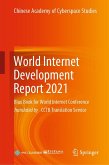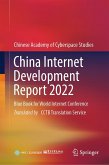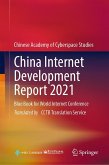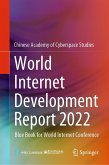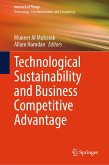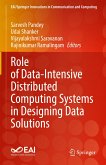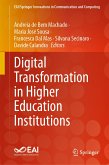This book provides a comprehensive and systematic introduction to the latest technology and industry application cases of 5GtoB. It focuses on the application and solutions of 5G in steel, ports, coal, manufacturing, electricity, police, railway, education and medical industries. With rich cases, novel content, simple language and strong practicality, it can be used as teaching materials for colleges and universities, as well as reference books for R&D and practitioners involved in 5G network applications in the fields of network communications, computer science, software engineering and electrical engineering.
Dieser Download kann aus rechtlichen Gründen nur mit Rechnungsadresse in A, B, BG, CY, CZ, D, DK, EW, E, FIN, F, GR, HR, H, IRL, I, LT, L, LR, M, NL, PL, P, R, S, SLO, SK ausgeliefert werden.



